Sleep Training Courses vs. Custom Sleep Consulting: Which Do You Need?

It’s late, you’re googling “how to get baby to sleep”, and you’re drowning in options. “This is the real haze of motherhood,” says Kristin Revere, newborn care specialist, certified doula, and founder of Gold Coast Doulas. “The truth is, sleep deprivation is a major driver of mental illness.” There are $300 courses promising miracle […]
The Benefits of Taking a Childbirth Class: Podcast Episode #197
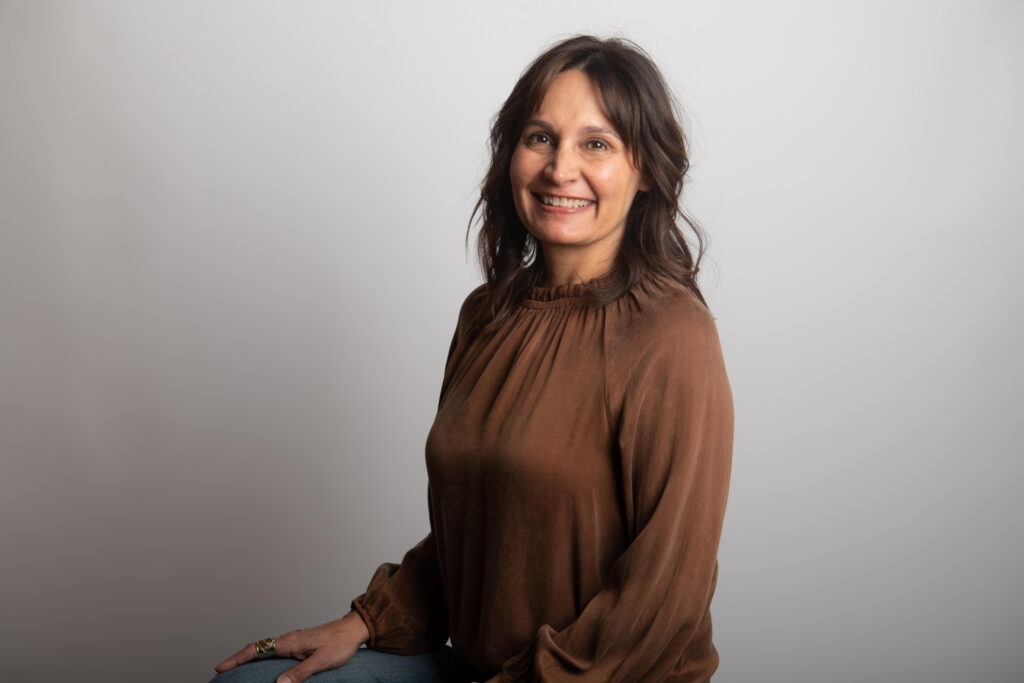
Kristin Revere chats with Lisa Newhouse of Gold Coast Doulas about the benefits of taking a childbirth class. You can listen to this complete podcast episode on iTunes, SoundCloud, or wherever you find your podcasts. Ask The Doulas Podcast · The Benefits of Taking a Childbirth Class with Lisa Newhouse of Gold Coast Doulas Welcome. […]
The Power of Distraction

We often think of distractions as negative. We may get distracted by all the to-dos on our list, and it’s hard to stay focused on work or give our full attention to someone. Our kids may get distracted while getting dressed, or for older kids maybe it’s while doing homework. But let’s reframe distractions. They […]
Why You Should Take a Breastfeeding Class: Podcast Episode #166
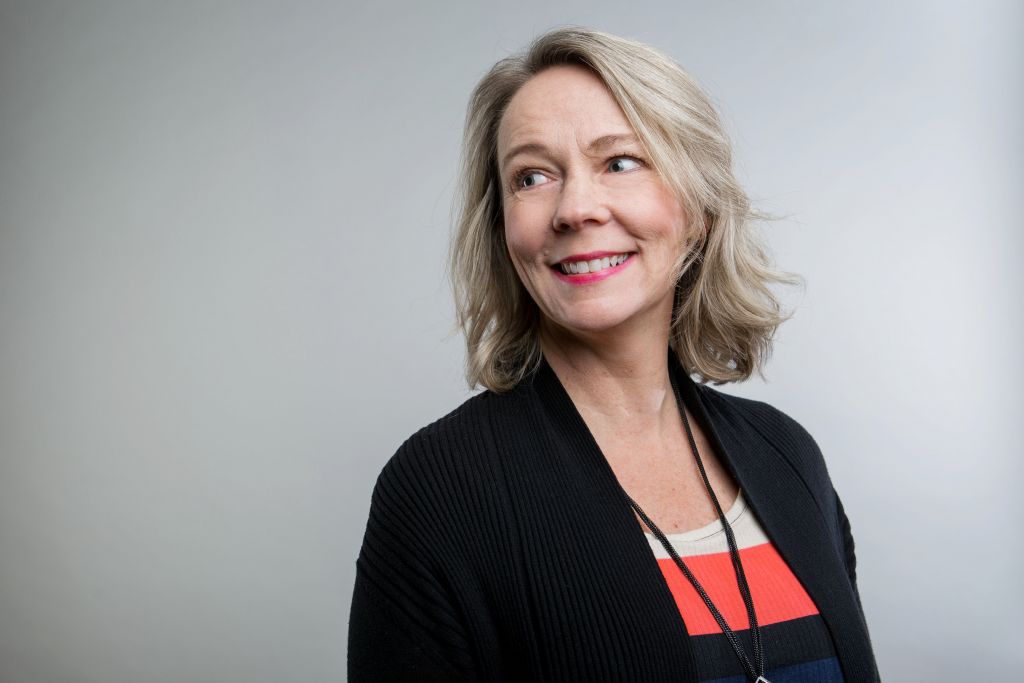
Kristin chats with Kelly Emery of Baby Beloved about why moms should take a breastfeeding class during pregnancy. You can listen to this complete podcast episode on iTunes, SoundCloud, or wherever you find your podcasts. Welcome. You’re listening to Ask the Doulas, a podcast where we talk to experts from all over the country about […]
Ownership Change at Gold Coast Doulas
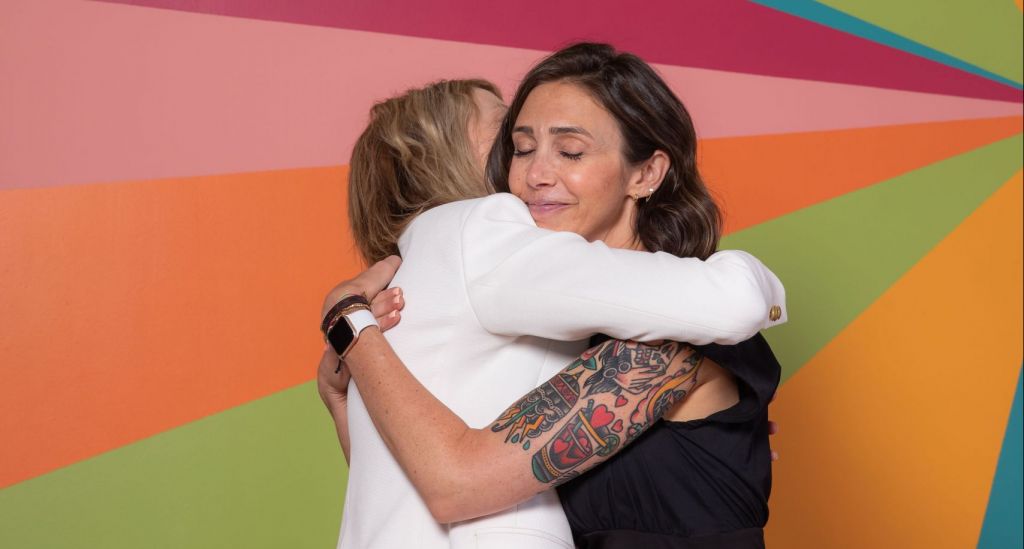
In 2015, when my daughter was 2 years old, I decided to leave my office job and become a postpartum doula. Kristin was one of the first doulas I met, and we actually took our postpartum trainings together. Little did we know that a year later she would call me to ask if I wanted […]
Newborn Sleep – What New Parents Should Expect
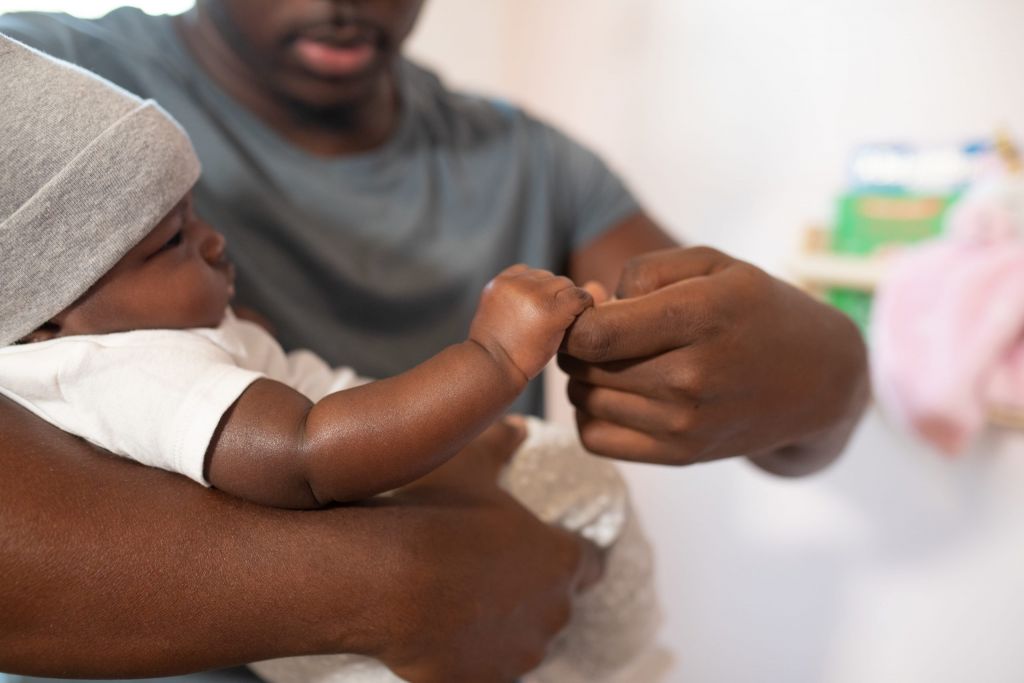
New parents often have unrealistic expectations about sleep when they bring a baby home. Some parents think they will get to sleep a lot because a newborn sleeps a lot. I’ve heard other parents say they don’t think they will get any sleep for weeks or months. I’m here to tell you that neither of […]
Becoming a Mother: Sarah’s Story – Podcast Episode #126
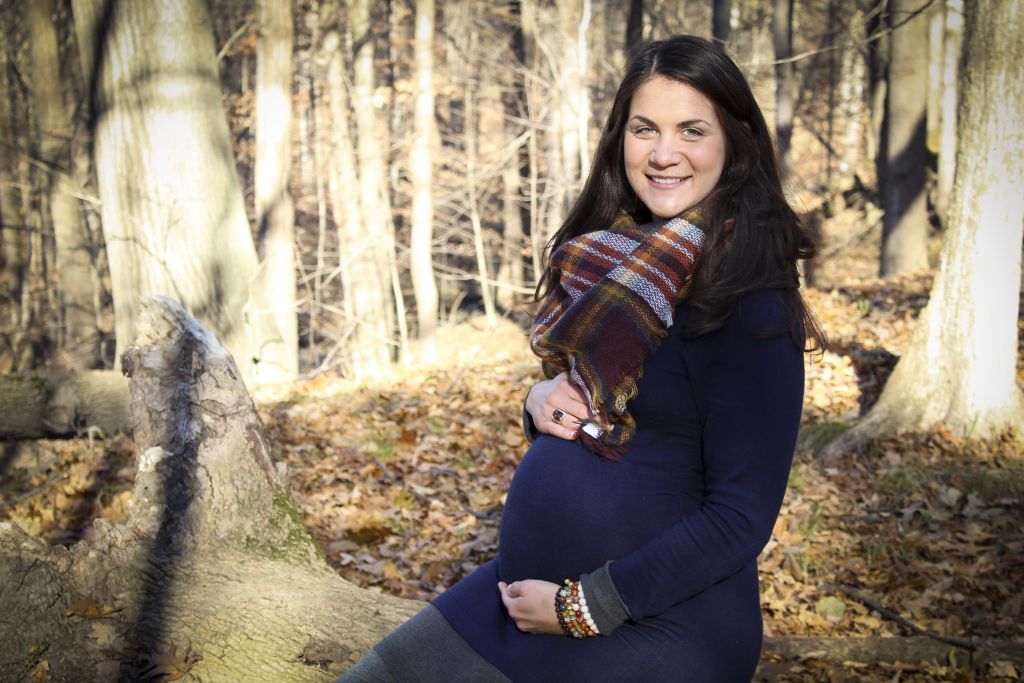
Kristin talks with Sarah Baker, a current client and student in our BECOMING a Mother course, about her concerns with her second pregnancy/delivery and why she chose to hire a birth doula as well as invest the time in a 6-week online course. Welcome. You’re listening to Ask the Doulas, a podcast where we talk […]
The BECOMING Course: Amber’s Story – Podcast Episode #125
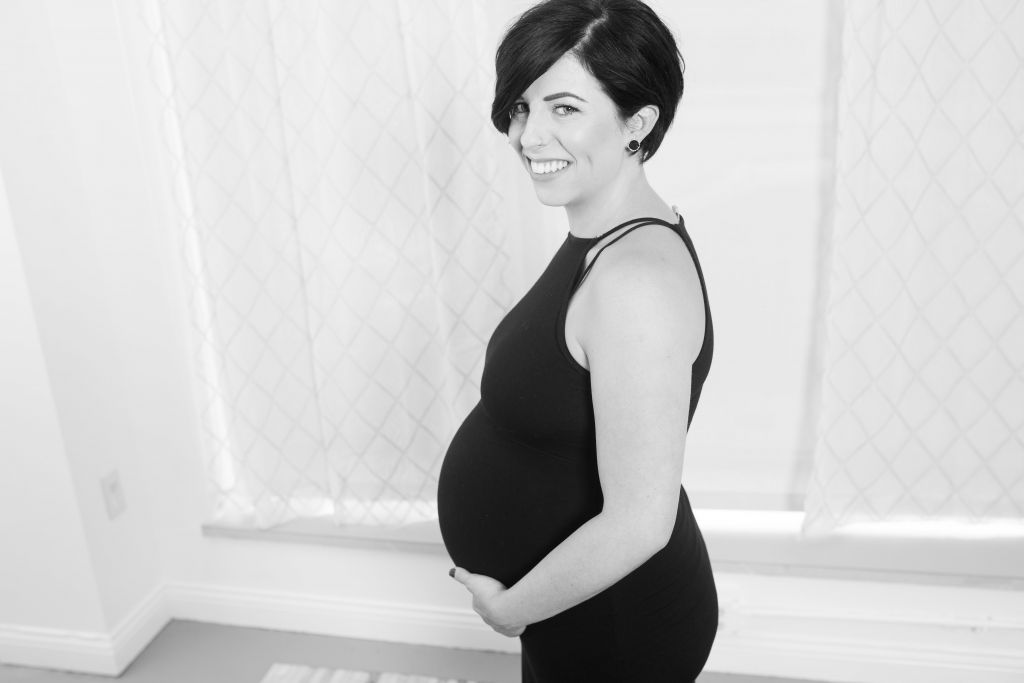
Kristin & Alyssa talk with Amber Shaw, a recent student in The BECOMING a Mother online series of classes, about some fears she had with her second pregnancy and why she took this course. You can listen to this complete podcast episode on iTunes or SoundCloud. Welcome. You’re listening to Ask the Doulas, a podcast […]
When to Take a Childbirth Education Class
When is a good time to take a childbirth class and why does it matter? We often get asked about the appropriate time to take a childbirth class from students and Gold Coast clients. The answer varies depending on the goals of the individual. I often ask clients if they are first-time parents or new parents. It […]
Comfort Measures for Labor – 8 Tips for a More Comfortable Birth
No matter how you choose to birth, it is important to think about how you can reduce discomfort and fear during labor. There are many ways to prepare for birth, including taking a childbirth education class. Here are some of my top tips as both an Certified Elite Labor Doula and a childbirth instructor: 1) […]
Birthing in a Pandemic
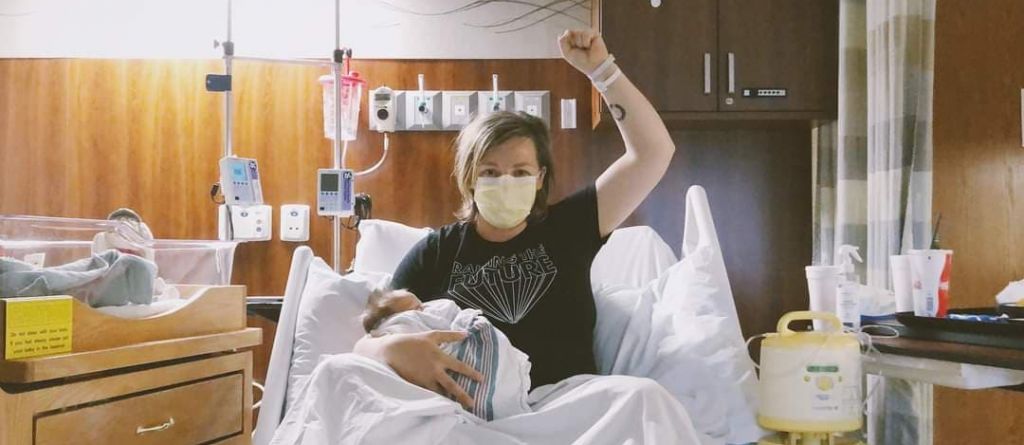
We have seen so much strength and resilience from our clients and our subcontracted doulas within the last year. Being pregnant and birthing in a pandemic is no joke. Gold Coast has supported over 200 families during this time. We are so thankful for the trust they placed in us. Our birth doulas have worked […]
Audra’s Birth Story: Podcast Episode #105
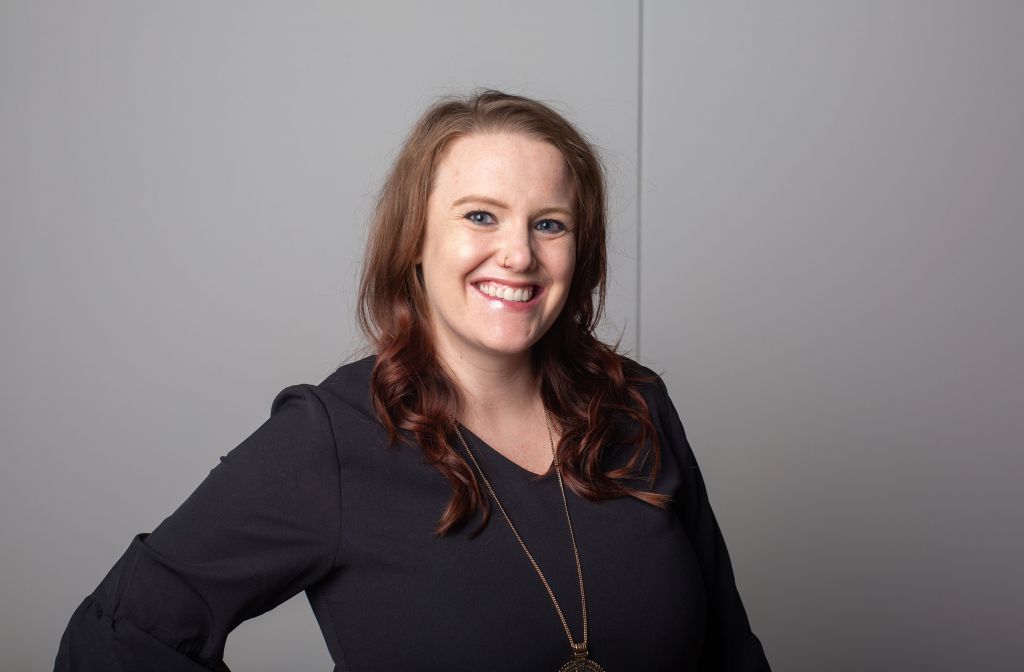
Audra Geyer, Gold Coast’s newest birth doula, tells us her birth story and how birth support from her doula was a game changer. She also took HypnoBirthing classes and went from being afraid of labor to looking forward to it! Her experience with Gold Coast let her to become a doula herself! You can […]
Saturday Series of Classes: Podcast Episode #102
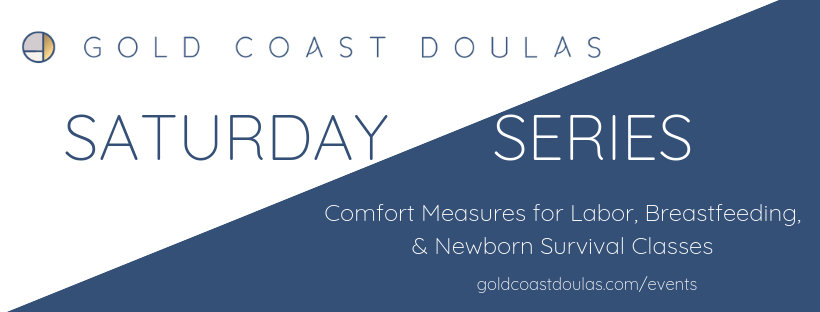
Kristin Revere, Kelly Emery, and Alyssa Veneklase talk about their Saturday Series of classes offered through Gold Coast Doulas. Each goes in to detail about what their classes cover including Comfort Measures for Labor, Breastfeeding, and Newborn Survival. You can listen to this complete podcast episode on iTunes or SoundCloud. Kristin: Welcome to Ask […]
HypnoBirthing Baby – Wesley

We love getting birth stories from clients! This is a beautiful story from one of Ashley’s HypnoBirthing students. Through all of the unknowns of labor and delivery for a first time parent, this mom describes her birth experience and how relaxing and keeping calm throughout eliminated any room for fear. Wesley Thomas Sarazin was born […]
Podcast Episode #65: Annette’s HypnoBirthing Story
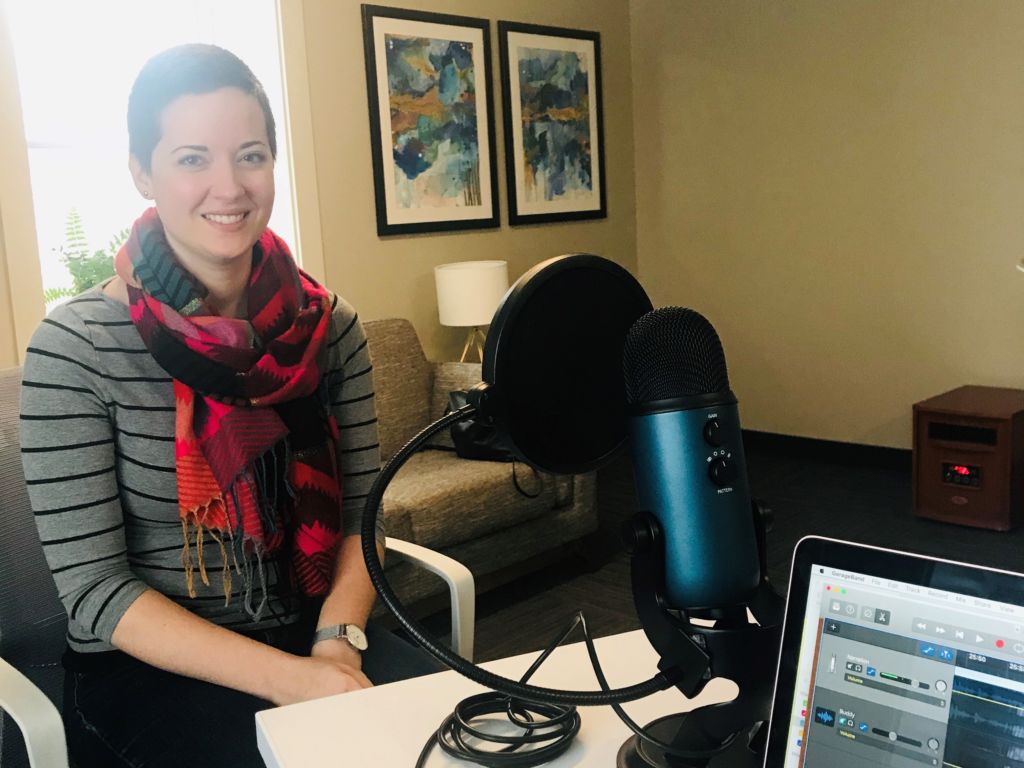
Today we talk with a previous HypnoBirthing student, Annette Beitzel, about her personal experience with HypnoBirthing at Gold Coast Doulas. Although she didn’t use it how she intended, it had an incredible impact on her pregnancy and birth experience. You can listen to this complete podcast episode on iTunes or SoundCloud. Kristin: Welcome to Ask […]
Mothership Certified Health Service Providers
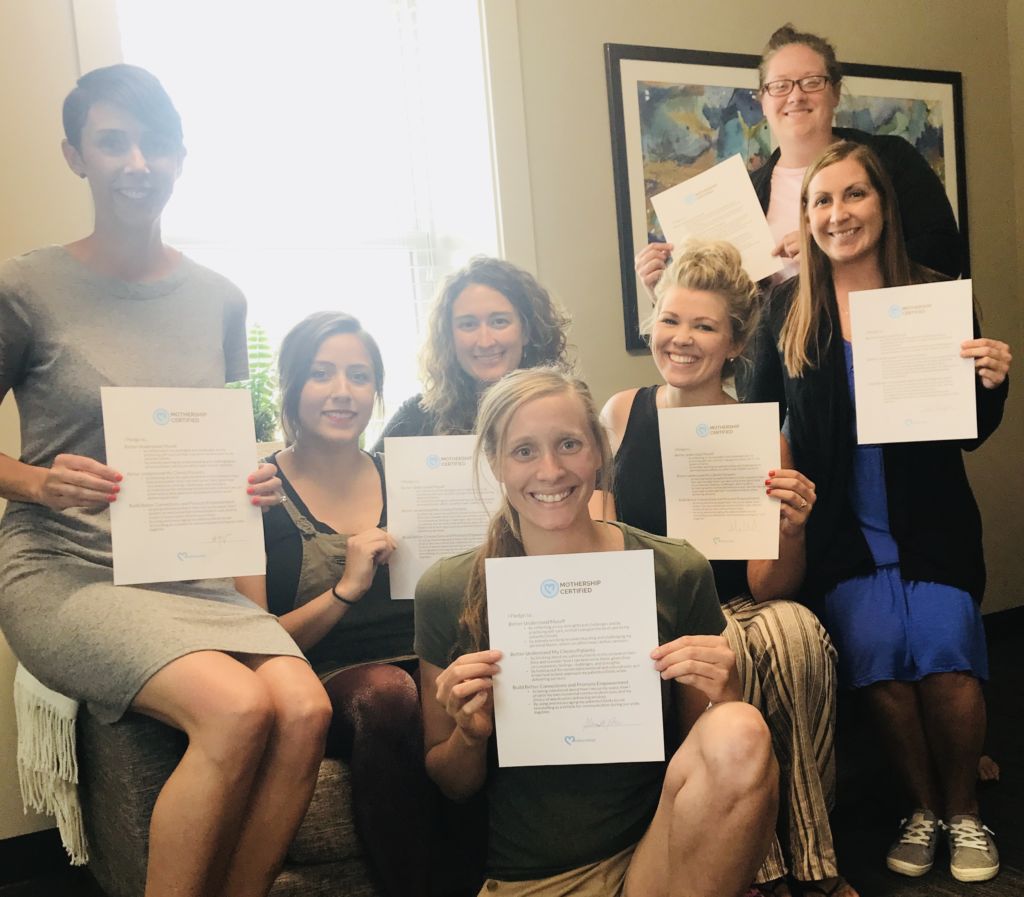
Many of our doulas are Mothership Certified Health Service Providers. Sounds cool, but what does that mean? Here’s a simplified breakdown of what we learned in our training and why it’s so important. The training involved learning the difference between empathy and sympathy. We understand that empathy never starts with, “At least…”. Here’s a great […]
Podcast Episode #13: Better Body Image Conference
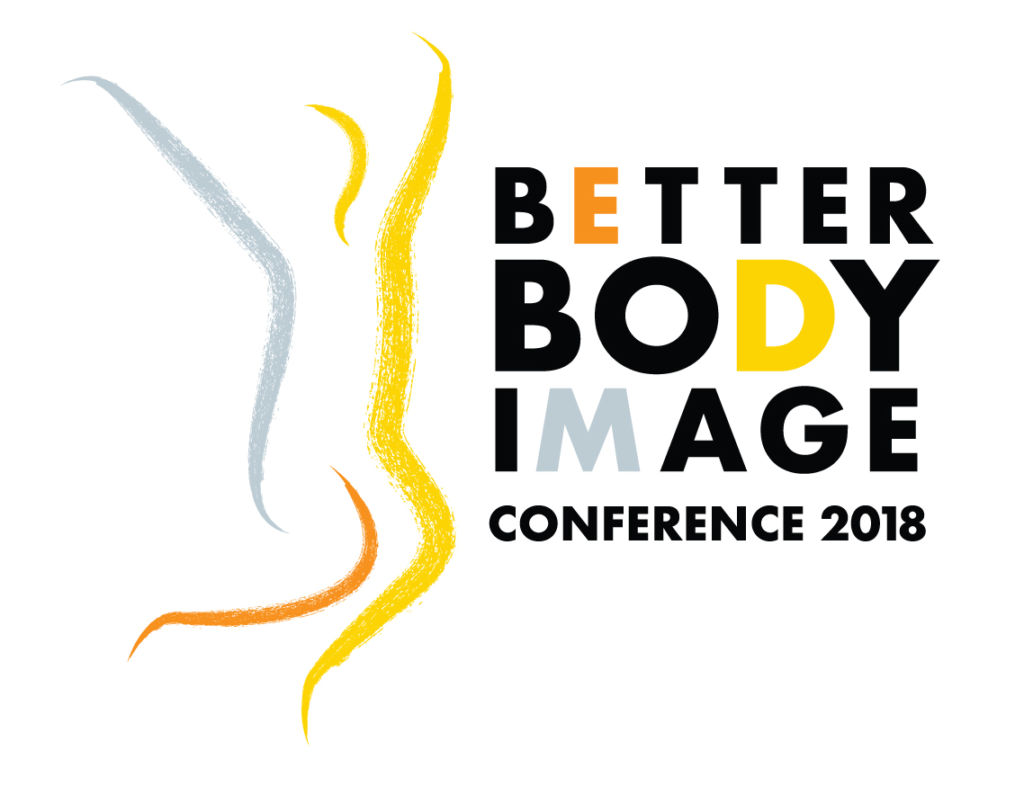
In this episode of Ask the Doulas, Alyssa talks with Bri Luginbill and Connie Flachs about the Better Body Image Conference taking place in Grand Rapids, MI on March 11th. This podcast is available to listen to on iTunes and Soundcloud. Alyssa: Hi, welcome to another episode of Ask the Doulas. I am Alyssa, co-owner and […]
The Modern Grandparent
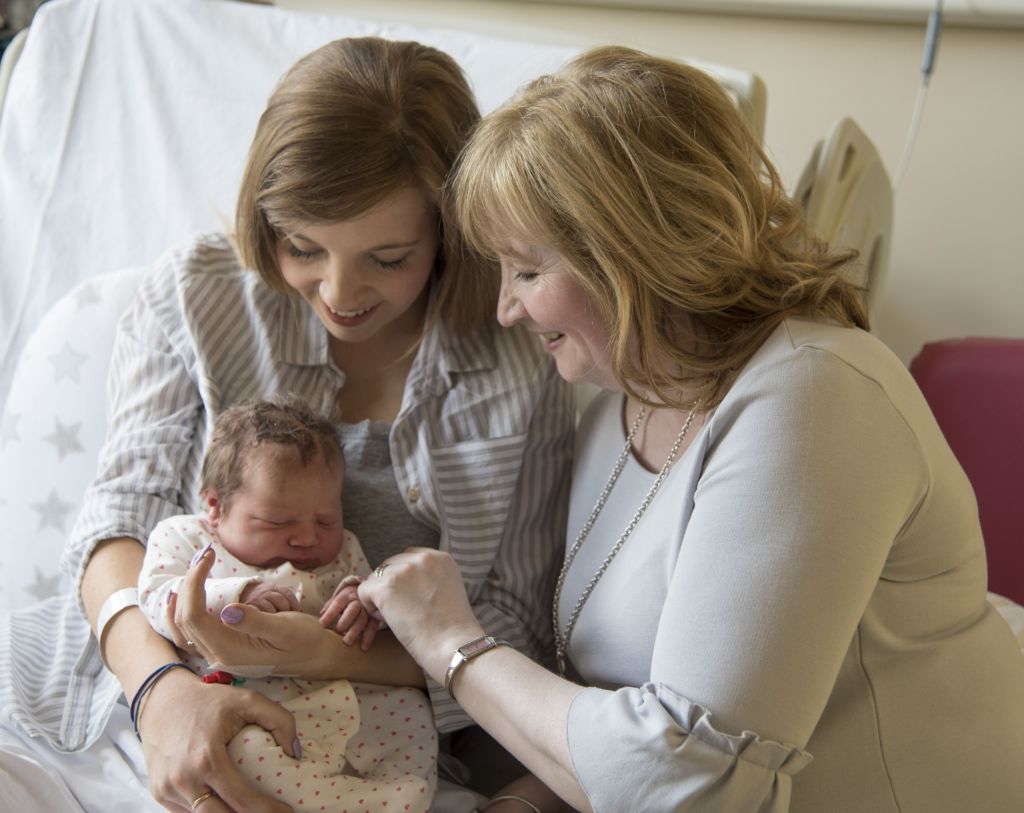
Understanding the Modern Parent First of all congratulations on becoming a Grandparent! Whether this is your 1st or 5th, it is a very excited time for the whole family. Gold Coast Doulas offers in-home private classes for The Modern Grandparent. We are not currently offering group classes. This 2 ½ hour class will break down […]
Embraced and Not Feared: Exercise During Pregnancy
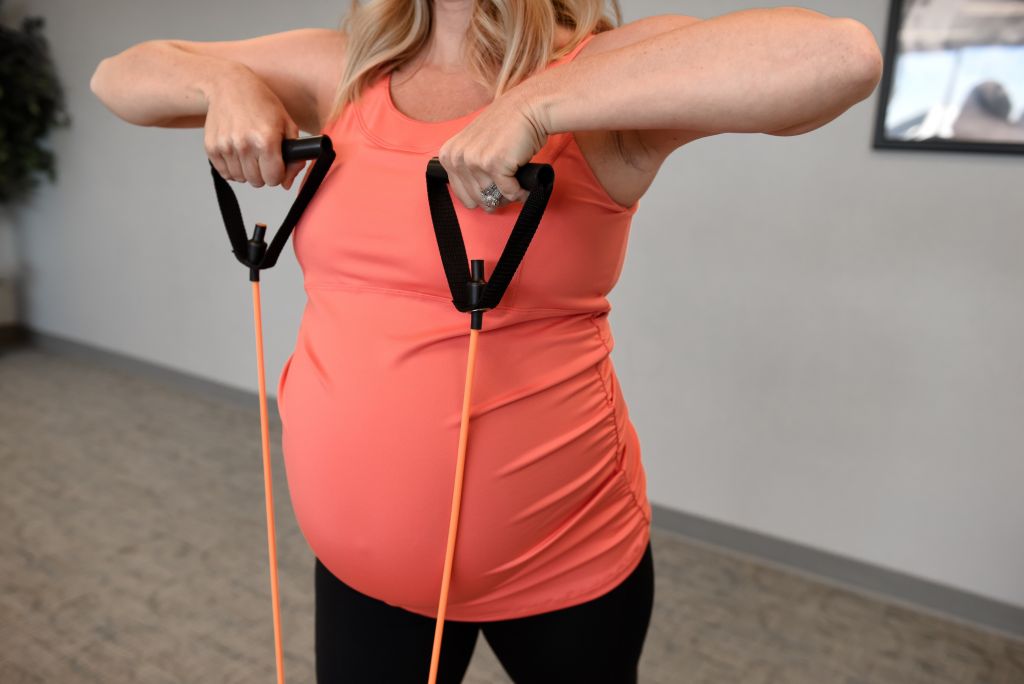
Our guess blogger today is Marissa Anderson of Fit4Mom Grand Rapids. Read on to gain valuable insight about prenatal fitness. No matter what it looked like for you – plus sign, blue line, double line – the moment you knew you had a new life growing inside you, there were so many questions that needed […]
Infant Massage Questions
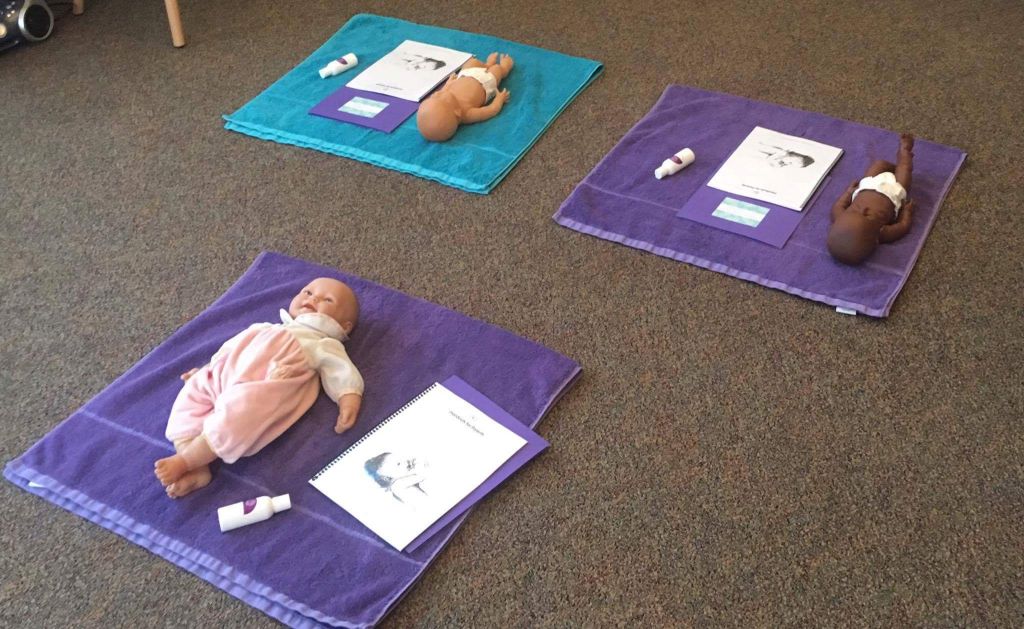
Frequently Asked Questions About Infant Massage Gold Coast Doulas is thrilled to present a Part 2 of the Infant Massage guest blog from Cristina Stauffer. Cristina Stauffer, LMSW, CEIM has been passionate about serving women and young children throughout her career. Pregnancy and early motherhood can be one of the most vulnerable times in a […]
Why is Infant Massage Good for Babies?
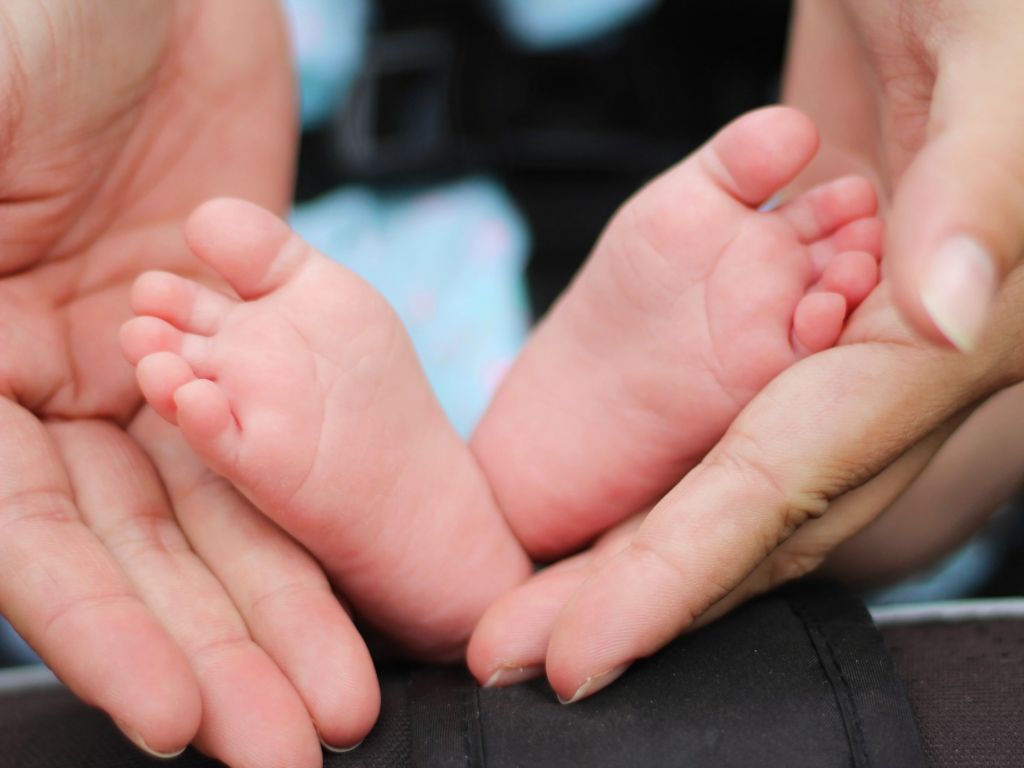
Why is Infant Massage Good for Babies? Gold Coast Doulas is thrilled to present a guest blog from Cristina Stauffer. Cristina Stauffer, LMSW, CEIM has been passionate about serving women and young children throughout her career. Pregnancy and early motherhood can be one of the most vulnerable times in a woman’s life. Cristina has been […]
Why Take a Breastfeeding Class?
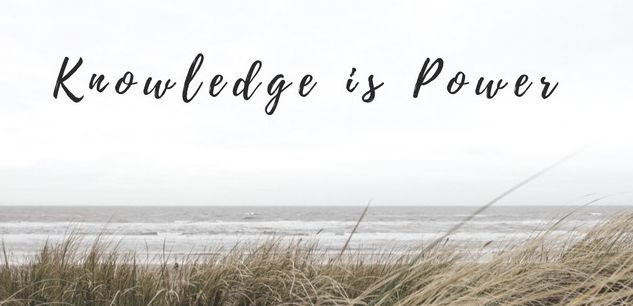
Why Take a Breastfeeding Class? We are pleased to present a guest blog by Shira Johnson, IBCLC . Breastfeeding is natural, right? Well, yes… But it doesn’t always come naturally! Just like parents educate themselves about pregnancy and birth, it’s valuable to have basic knowledge about breastfeeding before baby arrives (we don’t read up on […]
Meet Your Babywearing Educator–Ashley Forton
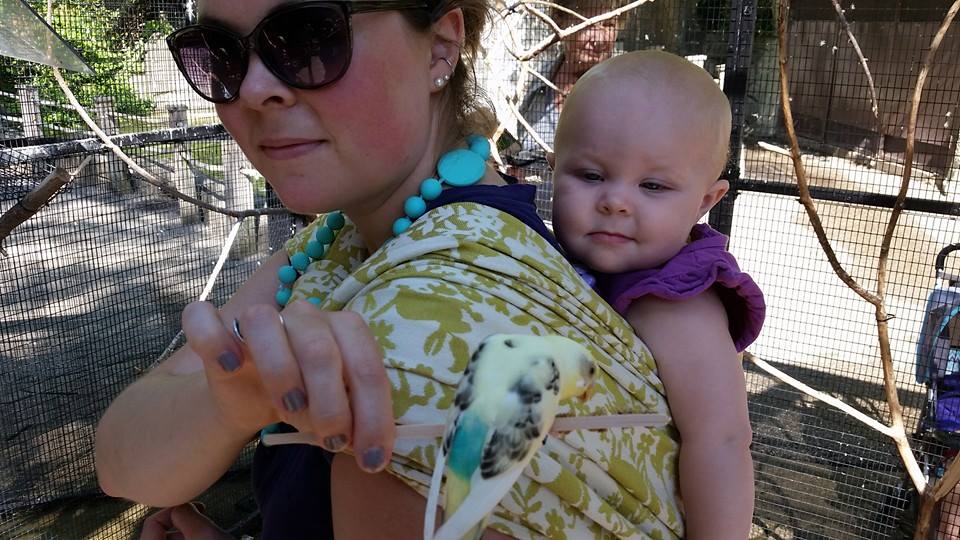
Gold Coast Doulas is thrilled to feature Ashley Forton in our latest Q&A about her experiences with babywearing. Reach out if you are interested in booking a babywearing consult with Ashley. 1) What did you do before you became a babywearing educator, HypnoBirthing Instructor and Doula? I have a bachelor’s degree in health sciences from […]
We are Your Doulas!
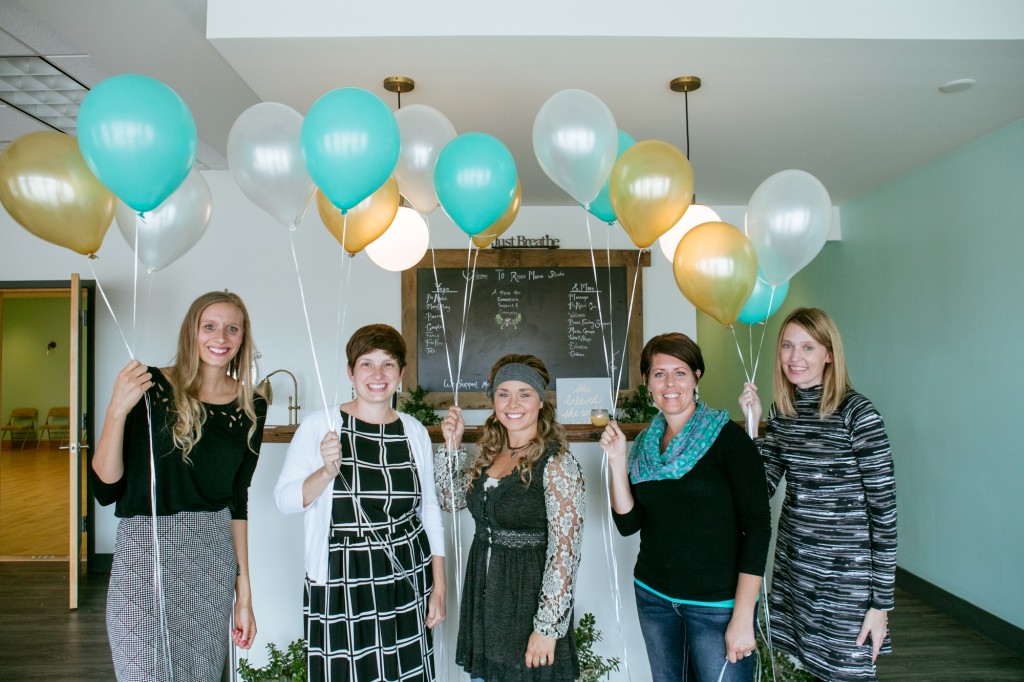
We are your doulas! At Gold Coast we pride ourselves on our superior service and professionalism. We aim to be your one stop shop for all things pertaining to pregnancy, birth and the postpartum time. Looking for childbirth classes? We’ve got you covered with HypnoBirthing classes and will soon be releasing another option for Childbirth […]


